- No products in the cart.
Frina. By Charles Cumberworth
67,127Kč
- Author: Charles Cumberworth (1811 -1852)
- Material and production: bronze, cast, patina, handmade
- Dimensions: L. 3,937 in (10 cm) х W. 3,937 in (10 cm) х H. 12,99 in (33 cm)
- Weight: 2,4 kg
Description
Frina. By Charles Cumberworth
This statuette is a copy of a work by the French sculptor Charles Cumberworth in the Hermitage collection.
The original is among those statuettes that were cast in bronze editions from models by Cumberworth in the 1830s and 1840s.
The statuette depicts the famous Ancient Greek hetaera Frina, whose beauty contemporaries considered worthy of veneration.
She acted as model for Praxiteles statue of the goddess of love known as the Aphrodite of Cnidus.
Charles Cumberworth
Born 17 February 1811. Died 1852. Active: 1825 – 1852.. Country of birth and death: France. Sculptor
Charles’ grandfather was baptised in Great or Little Hale parish in Lincolnshire on on 27 May 1740. He married Elizabeth Fountain and they had a son, Thomas, who was born or christened on 30 May 1776. Thomas was held as a prisoner of war in Verdun, France, after the breakdown of the Treaty of Amiens in 1803. The records suggest he was there in a teaching capacity. Thomas married Henriette Victoria Blo on 11 November 1809. Charles was their second child (they had three sons and one daughter).
According to an entry by William Curtis in the Louvre database Cross-Channel: British Art in French Public Collections’: Cumberworth was brought to Paris as an infant. He studied sculpture under Jean-Jacques Pradier (1792-1852) from about 1825.
Four years later, after entering the Ecole des Beaux-Arts in 1829. He began exhibiting at the Salon and continued to do so until 1848. He won the Prix de Rome in 1842 but was disqualified. When it was discovered that he was not a Frenchman. In 1846 Cumberworth submitted ‘Paul and Virginia’ to the Royal Academy Summer Exhibition. However the sculpture was not admitted because it arrived after the submission date. The work was shown in the Exhibition of Industrial Art in Manchester in 1846. The Birmingham Exhibition of 1849 and at the Great Exhibition in 1851.
Copeland and Garrett reproduced ‘Paul and Virginia’ in Parian ware. Companion statuettes of the two figures were issued by Copeland. After 1851 as well as ‘The Indian Fruit Girl’ and ‘The Nubian Water-Bearer’. A bronze version of the latter is one of three works by Cumberworth in the collection of the Louvre, Paris.
Maison Susse
Charles Cumberworth worked with the Maison Susse foundry from its foundation in France. He is said to have been the first artist to be commissioned by the foundry on 27 June 1837 (or 1827 the source is unclear). Susse had a shop at the junction of rue Vivienne and place de la Bourse in Paris. Where they sold a wide range of artists’ materials (paper, paint, canvasses, lithographs, sculptures, photographic materials etc.).
Additional information
| Weight | 2.3 kg |
|---|---|
| Dimensions | 10 × 10 × 33 cm |

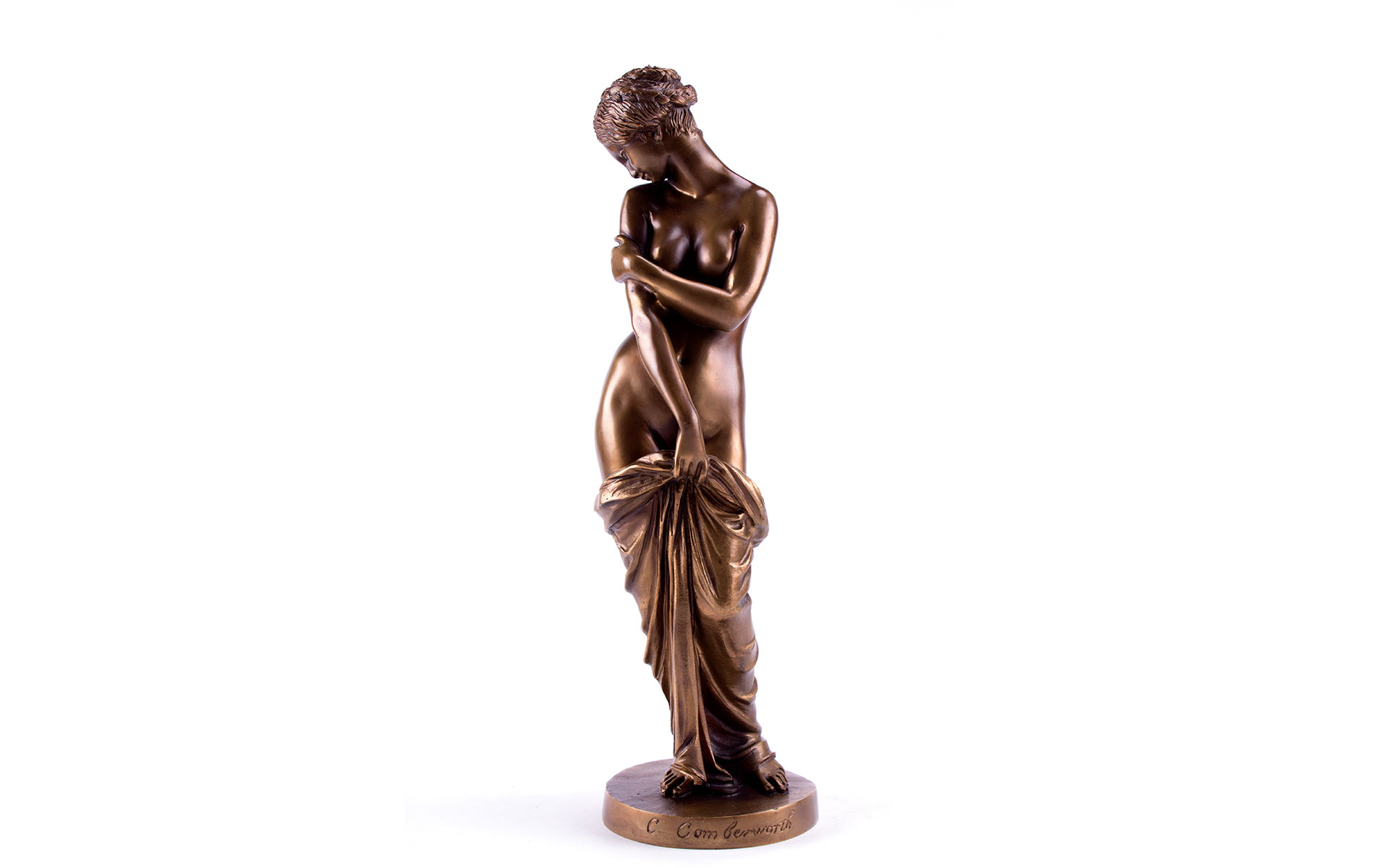
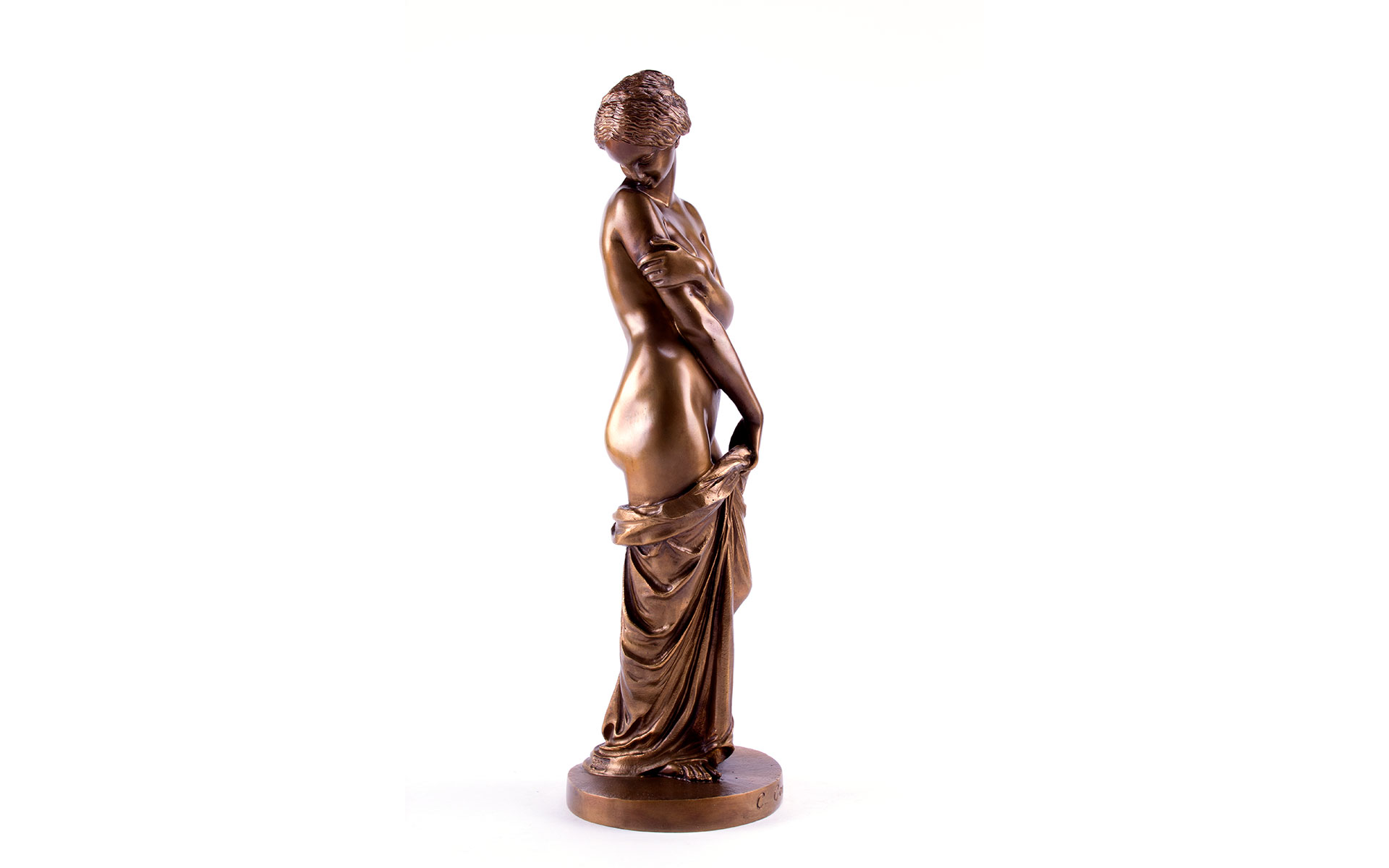
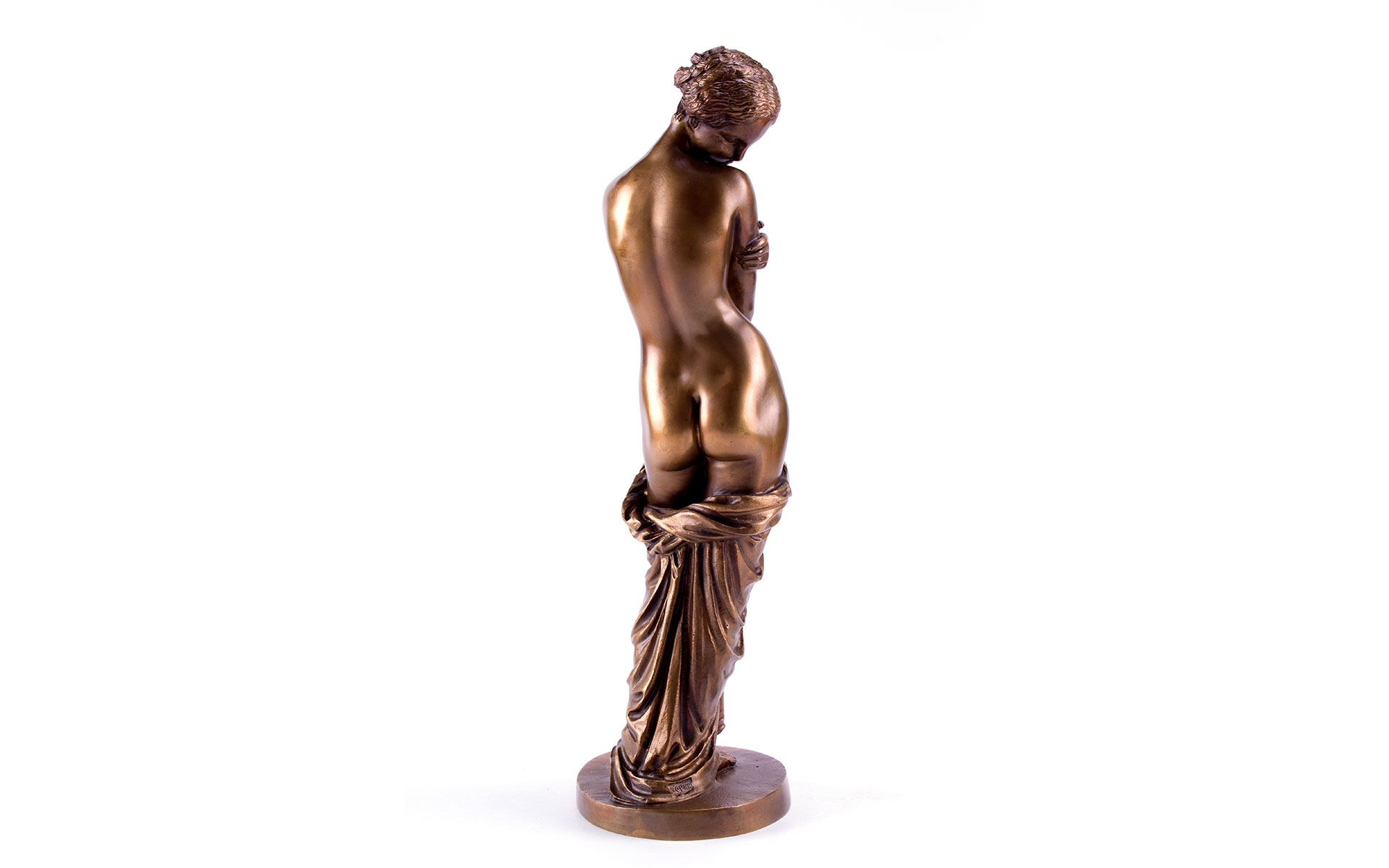
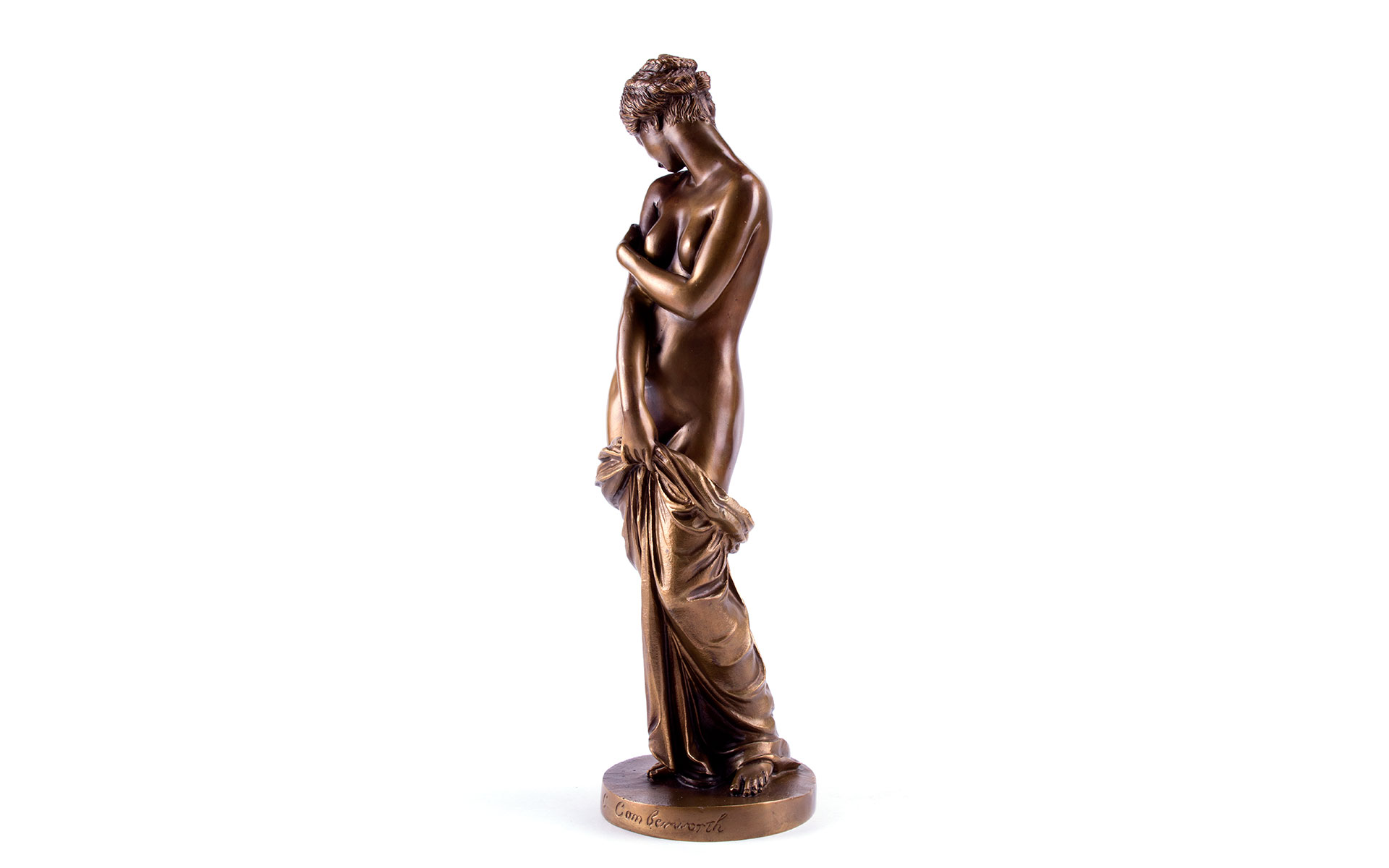




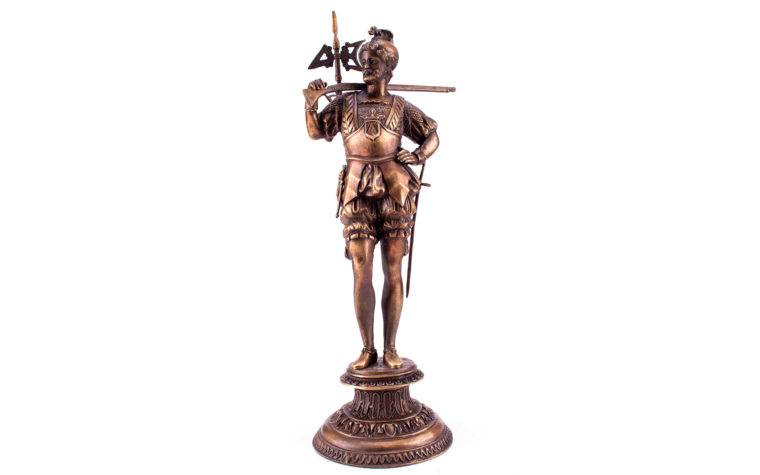
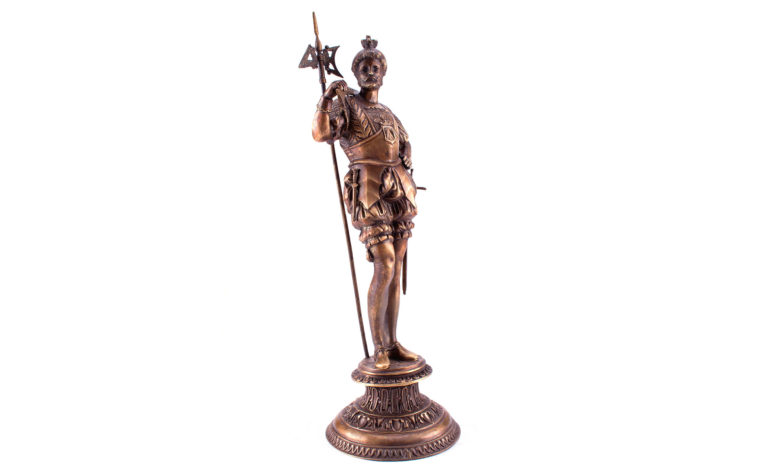
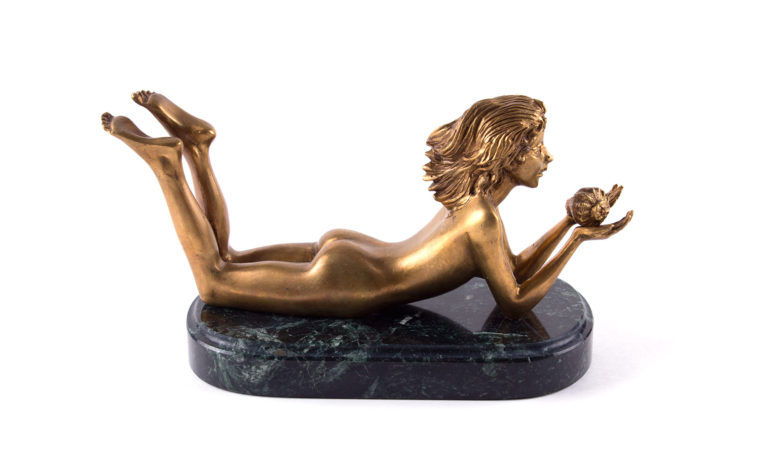
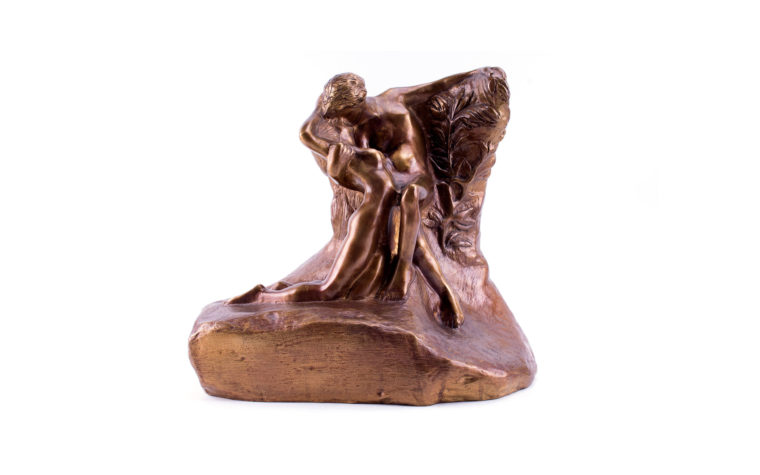
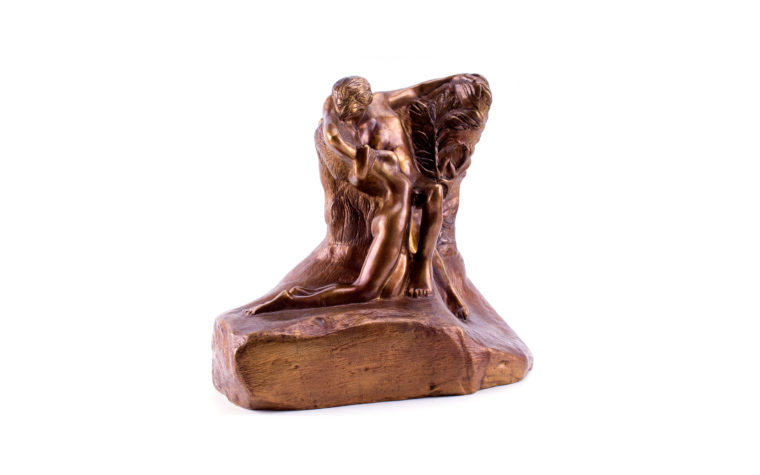
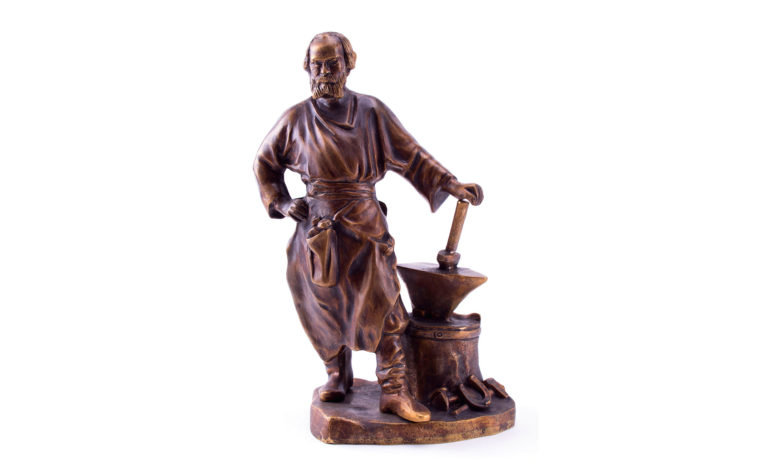
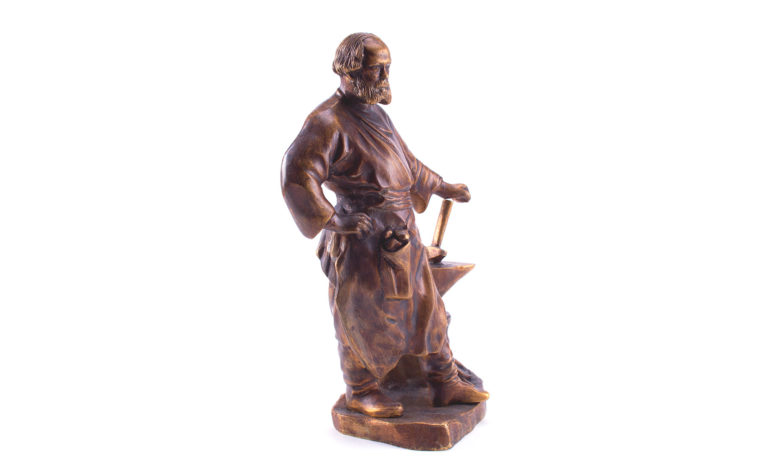
Reviews
There are no reviews yet.